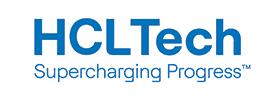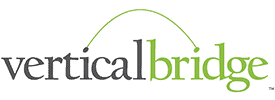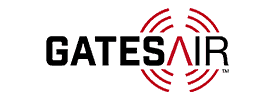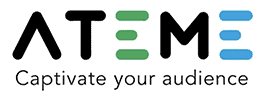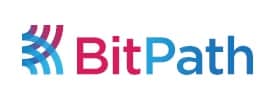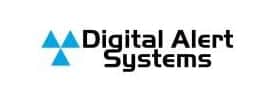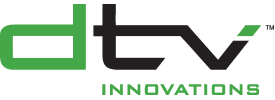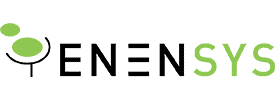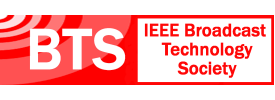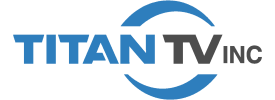- About
- Members
- Sponsors
- Subcommittees
- Technical Documents
- News
- Events
- Spotlight ATSC 3.0
- Contact Us
- Member Login
- Member Meetings
- Advanced Search
Search Site
Member Links
- About
- Members
- Sponsors
- Subcommittees
- Technical Documents
- News
- Events
- Spotlight ATSC 3.0
- Contact Us
- Member Login
- Member Meetings
- Advanced Search
Term
coefficient
Posted on April 1, 2015 in
The time domain samples are converted into frequency domain coefficients by the transform.
coded representation
Posted on April 1, 2015 in
A data element as represented in its encoded form.
clear-to-air service
Posted on April 1, 2015 in
A service that is sent unencrypted, and may be received via any suitable receiver with or without a subscription.
channel
Posted on April 1, 2015 in
A digital medium that stores or transports a digital television stream.
certification
Posted on April 1, 2015 in
The process of granting a certificate of compliance to a compliant application or a compliant system; in general, such a process is a legal or a business related process, not a technical process.
CDATA
Posted on April 1, 2015 in
A predefined XML tag for Character DATA that says, “don’t interpret these characters”, as opposed to Parsed Character Data (PCDATA), in which the normal rules of XML syntax apply.
carousel
Posted on April 1, 2015 in
A download scenario where the modules are repeated.
carousel
Posted on April 1, 2015 in
A carousel identifies a group of objects transmitted repeatedly from a particular service provider for a specific purpose (service).
canvas
Posted on April 1, 2015 in
The on-screen area in which OMA-RME user experience elements can be placed. Typically the canvas size will match that of the video layer.
candidate specification
Posted on April 1, 2015 in
A specification under scrutiny or consideration for some purpose.
News Categories
News Archives
Subscribe
Subscribe to The Standard, our monthly newsletter. Learn More
Join ATSC
ATSC is a membership organization with both voting and observer categories. Voting members include corporations, nonprofit organizations, and government entities, and they participate actively in the work of ATSC. Observers are individuals or entities not eligible to be a voting member.
Subscribe to our Newsletter
Subscribe to The Standard, our monthly newsletter, to stay up-to-date with ATSC news and events around the world.
Site Links
Contact Us
ATSC
1300 I Street NW, Suite 400E
Washington, DC 20005 USA
Do you have questions about ATSC?
About ATSC
ATSC, the Broadcast Standards Association, is an international, non-profit organization developing voluntary standards and recommended practices for digital terrestrial broadcasting. Serving as an essential force in the broadcasting industry, ATSC guides the seamless integration of broadcast and telecom standards to drive the industry forward. Currently, the ATSC 3.0 Standard is providing the best possible solution for expanding the potential of the broadcast spectrum beyond its traditional application to meet changing needs. From conventional television to innovative digital data services, ATSC has one clear goal: to empower the broadcasting ecosystem like never before.
© 2025 ATSC




